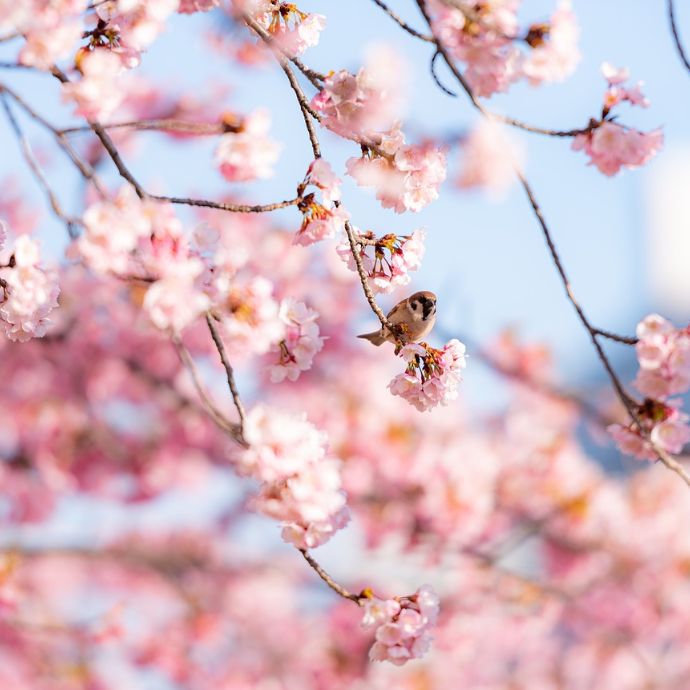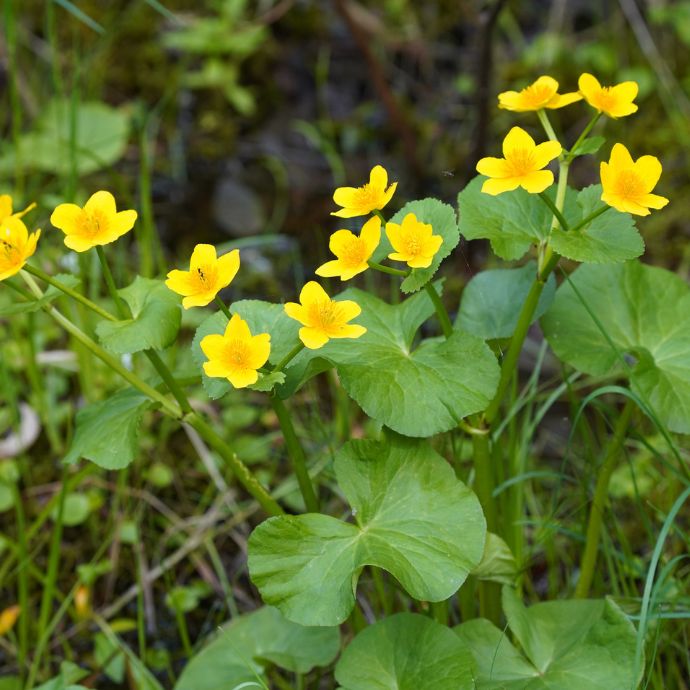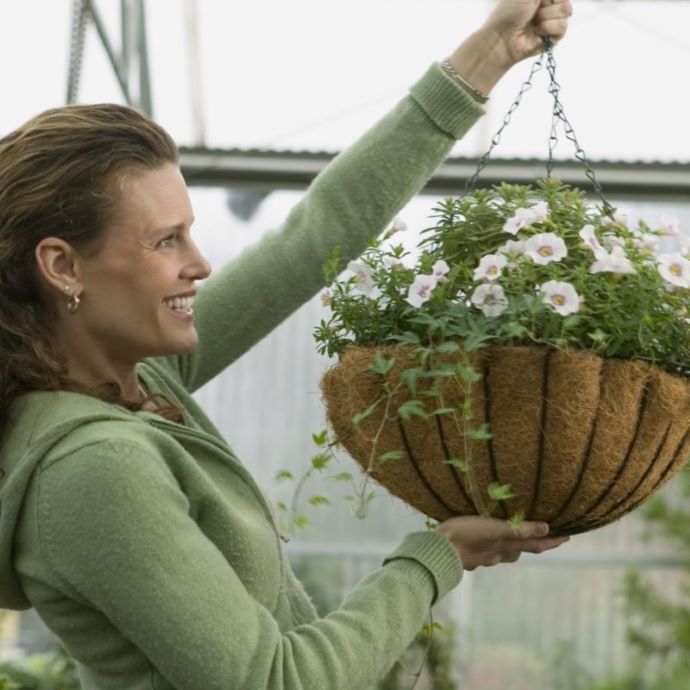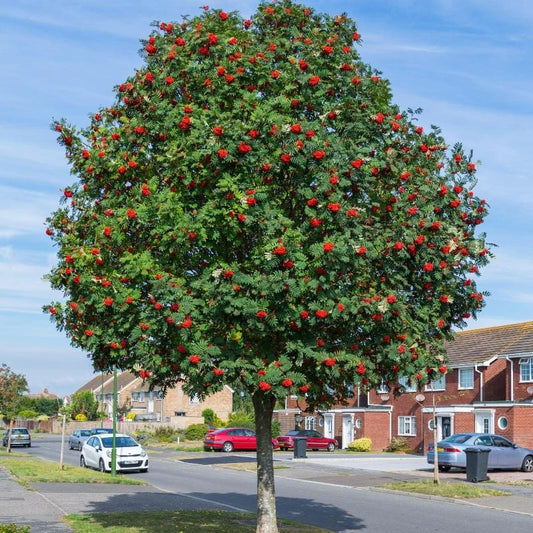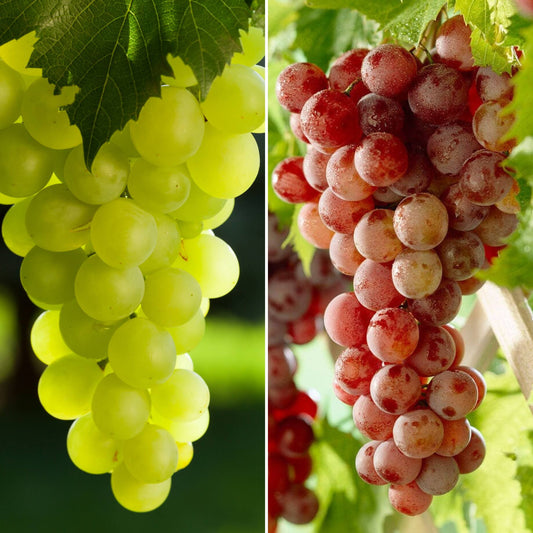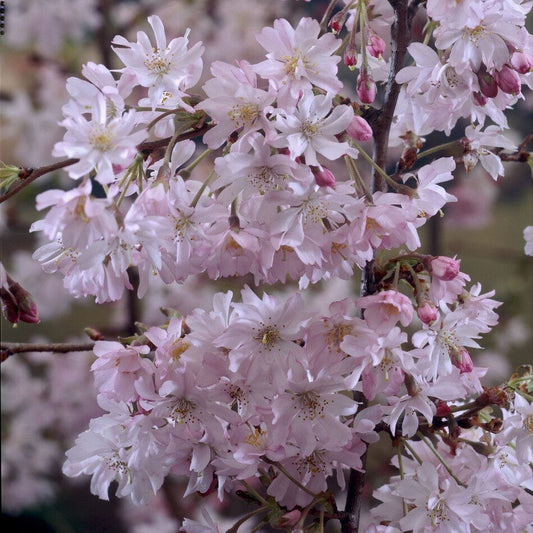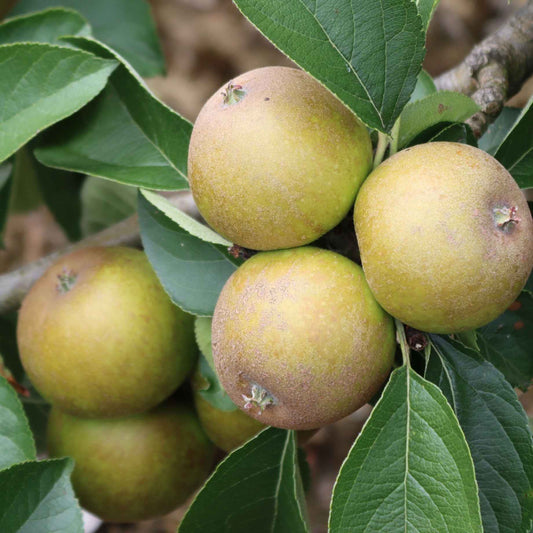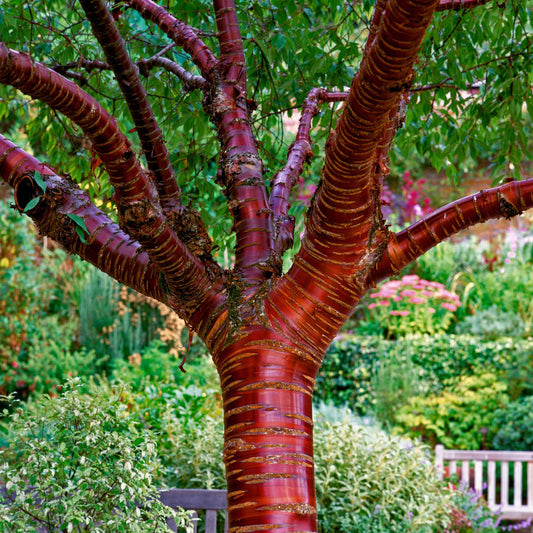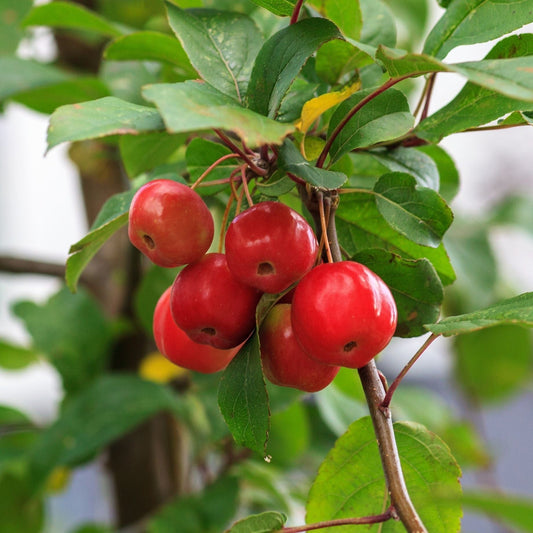Greenway Gardens - March Garden of the Month
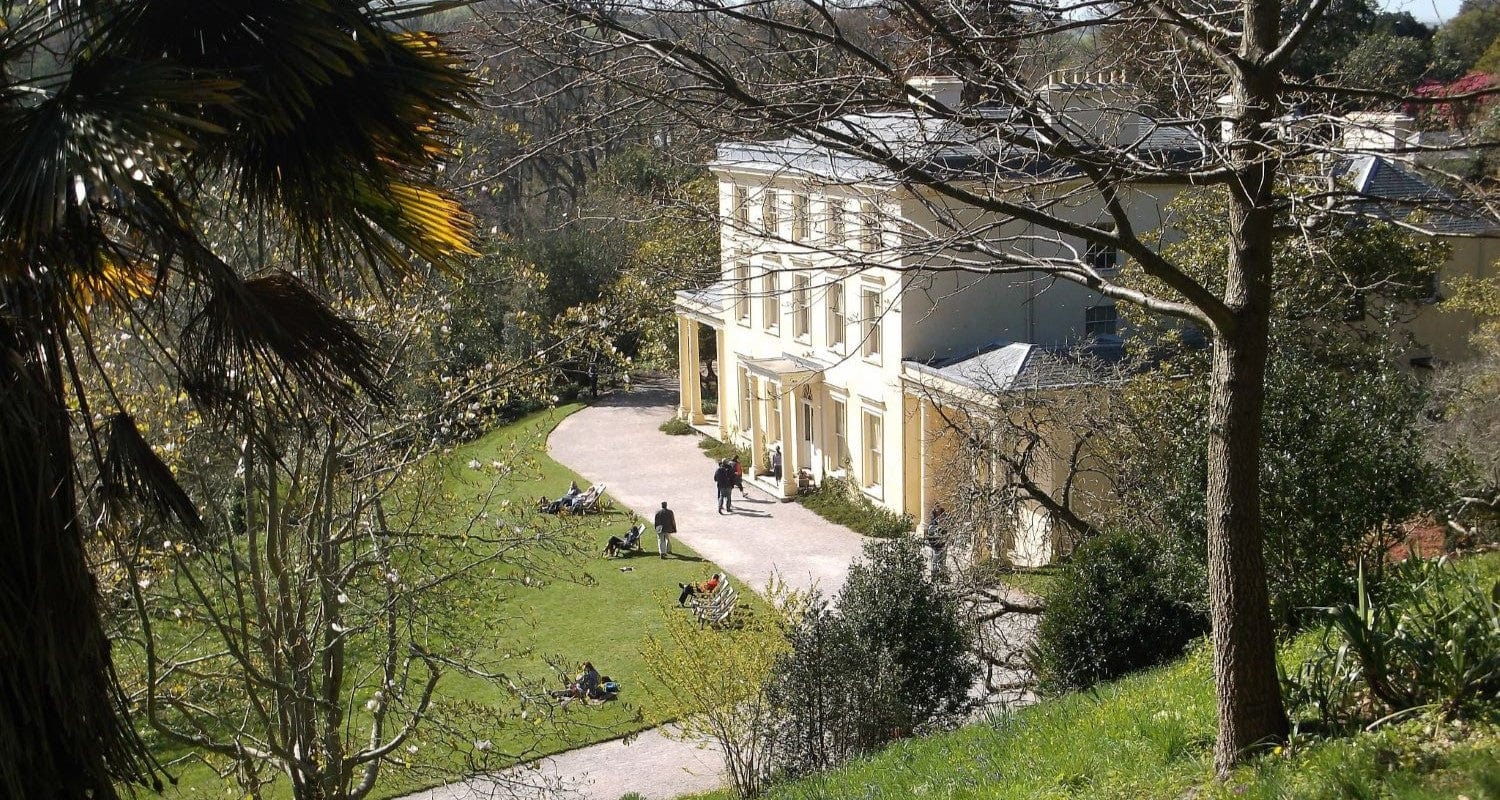
Looking for planting inspiration to make your garden shine all year round? Every month we’ll be visiting a garden which we think has nailed the best trends of the season, then reporting back with tips on which plants to use and how to recreate the look. The reason for our choice this month is no mystery…
Greenway, which overlooks the River Dart, was the Devon holiday home of Agatha Christie, who described it as 'the loveliest place in the world'. This didn’t stop her using it as the setting for less lovely incidents in her novels, including two gruesome murders!
It’s a must visit for fans, but we’re here for the plants - the thirty acres of Greenway Garden are home to some of the earliest and best spring flowers in the UK, including rhododendrons, camellias, hellebores and magnolias, many of them planted by the queen of crime fiction herself, who like her character Miss Marple, was a keen gardener.
Five Little Highlights
They Do It With Magnolias
The highlight of the Greenway Garden for me has to be the Magnolia trees. It’s no wonder they thrive here, with a south facing location, slopes for good drainage and a slightly acidic soil - everything a magnolia tree could ask for! Magnolias bloom from February to May depending on the variety, but the Magnolia campbellii planted by Christie and her husband Max as a sapling in 1938 has been known to burst into clouds of pink blossom as early as January in mild winters. The author described it as 'a glorious blaze of six hundred blooms against a dark sky'.
Agatha Christie loved the magnolias here, even titling one of her stories Magnolia Blossom. Other varieties you can see at Greenway include Campbellii subsp. mollicomata, hybrids, denudata and my favourite, soulangeana (AKA ‘the saucer magnolia’ for its huge pink flowers up to 25cm across).

Peaches Under The Sun
Never one to shy away from a gardening challenge, Agatha Christie liked to grow her own fruit, including peaches, apricots, grapes, apples and passionfruit. Her glass Peach House (where she also grew apricots and almonds) can be found within the walled garden and is the longest in Devon. It was restored to its former glory in 2010, when the first peach tree was planted by her grandson Matthew Prichard. Another large glasshouse worth a look is the Vinery, dating back to the 1830s and filled with mature grapevines and passion flowers.
Appointment With Blossom
March marks the start of blossom season at Greenway, when the magnolias kick things off, alongside pink cherry blossoms underplanted with wild garlic and the native bluebells that were a favourite of Christie's husband Max. They’re closely followed by the almond, peach and apricot trees in the Peach House, with the apples in the walled garden taking us through to May.
And Then There Were Camellias
Early flowering, colourful Camellias have been grown at Greenway since the 1830s, and today you can see around two hundred different varieties - mostly Camellia japonica, williamsii and reticulata varieties, some of which are over a hundred years old. The International Camellia Society has awarded it Garden of Excellence status, one of only seven UK gardens to receive that honour. Each new owner of Greenway has added more camellias to the collection - most notably the Williams family who created the Camellia x williamsii varieties in the 1920s.
Death In The Ferns
Agatha Christie was well known for her love of dogs and even dedicated one of her books to her beloved wire haired terrier Peter, ‘a dog in a thousand’ - how adorable is that? At Greenway you’ll find the beautiful resting place she reserved for her pets, a cemetery within a peaceful woodland fernery where some of her favourites including Dolma, Shan-Mei and Bangle are buried. Ferneries were all the rage in the 1830s, with a word - pteridomania - being coined to describe the ‘fern fever’ that gripped the nation! They’re the perfect spot for other shade loving plants too, including hostas, heucheras, dicentra and brunnera. Greenway is good for live dogs too - in accordance with Christie’s wishes, your best friend is most welcome to stroll around the grounds on a lead.
Get the look
- Create your own shady woodland garden or fernery in a dark, damp corner of your garden or even under trees and large shrubs. Choose shade tolerant plants like ivy, foxgloves, hostas, honeysuckle and an assortment of fern plants in different colours and shapes for variety - they’ll thrive even in waterlogged ground. The woodland look is low maintenance and beautifully relaxing - add a water feature like the fountain at Greenway for the ultimate chill out space (pet cemetery optional).
- Add early season colour with a magnolia tree - they’re slow growing and small enough to fit in well with most gardens, and really do look spectacular in spring when they’re covered in big, cup shaped flowers. Ever wondered where they got their distinctive shape? Fossil remains dating back to the Cretaceous period (145-66 million years ago) suggest that Magnolia may have been the first flowering plant on earth and since bees have only existed for about 100 million years, Magnolias evolved to be pollinated by beetles instead, with their flowers growing in a form that gave easy access to our six-legged friends.
- If you fancy growing something a bit different, why not try your hand at peaches? The safe option is to grow them in a greenhouse (or conservatory) like Agatha Christie, but luckily for us, peach tree breeding has moved on since her time and if you’re in a warmer part of the UK you can now get a successful harvest outdoors too - our growers recommend a Peregrine, Avalon Pride or Red Haven variety. If you’re further north like me, you’re probably better going for a slightly hardier (but equally delicious) nectarine.
- Two hundred camellias: excessive? Many of our Roots gardeners would beg to differ! I reckon these decadent evergreens are like tattoos or those crisps in a tube - you can’t just have one. The golden rule with them is to plant them in acidic soil - if yours isn’t, either mix some ericaceous compost into the planting hole or use a pot. Camellias come in a huge variety of sizes and forms, with showy flowers in shades of red, white, pink and yellow. They’re all evergreen so whichever you choose, you’ll get beautiful foliage all year round as well as flowers in the spring - or even late winter, depending on the variety.
Top image source: Wikimedia.
Last updated: 27/11/2023




